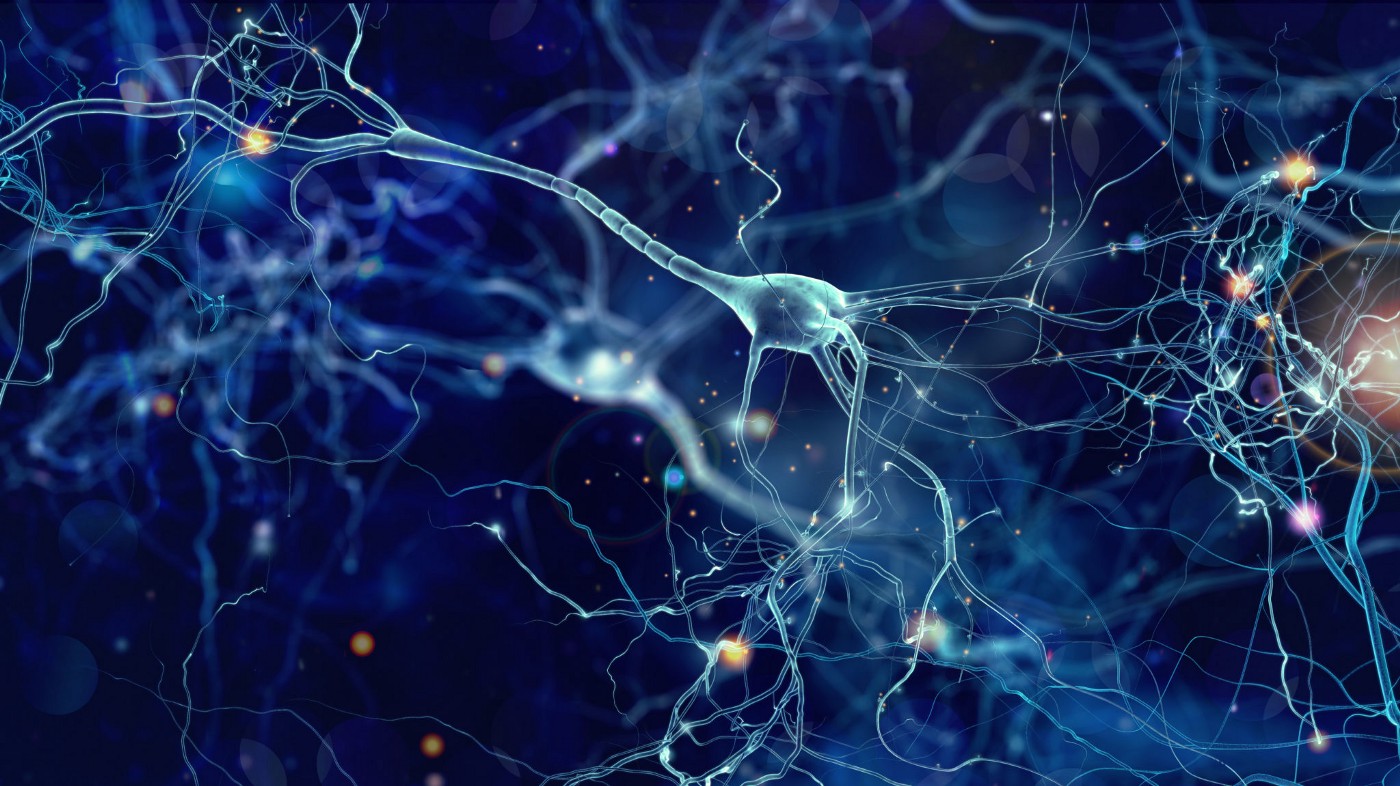What does Neuroscience Tell Us about Character Connections?


Here at Latitude we spend a good deal of time gaining insight about characters — in films, TV series, and games — namely, which characters people connect with best and why. We explore how these connections form in order to help clients optimize content to deepen viewer engagement.
Belgian psychologist Albert Michotte suggested in the 1950s that empathy was the key to the emotional connection between spectators and the characters in a film. Thirty years later, his suspicion was confirmed with the discovery of mirror neurons, a group of neurons found in the frontal lobes of the brain. While ordinary command motor neurons will fire when you perform an action, mirror neurons will also fire when you perceive someone else taking an action. In other words, they permit a virtual reality simulation of another person and allow us to feel more connected to those around us — or to those in front of us onscreen.
Because our mirror neurons actually emulate the movements and expressions of characters onscreen, they allow us to empathize — cognitively, emotionally, and physically — in a deep and impactful way. This helps explain the very real-feeling connections that we develop with our favorite characters, and in turn why we are so affected by the shows and movies that we watch. With Lumière, in-the-moment video reactivity allows viewers to leave feedback on video content as they watch — and allows us to better curate and evaluate streaming stories and the characters inhabiting them.

Danish film theorist Torben Grodal, in his book ‘Embodied Visions’ (2009) says that we experience visual media very directly:
The incentive to mimic the roles and situations of other people is even stronger when watching a film than in real life, because films are strongly prefocused, in the sense that the director uses technical and narrative skills to influence or even control the viewer’s experience. Key cinematic scenes are constructed in such a way that we are compelled to simulate the perceptions, emotions and actions of the characters. And this process is not merely abstract and cognitive: it is simulation in the flesh.
The empathy and connection we feel for fictional characters comes from recreating their situation in our own minds through our perspective and the experience of the characters we are witness to.
This "simulation" of another person's experience happens throughout life and is the basis for empathy. Media distills the effects of this emotional mimicry through careful craft. Narrative, established in a theatrical play, a screenplay, a book, or even a blog post, sets a foundation of context and motivations through which we can relate to characters. Film media significantly enhances our connection through visuals, sound, and performances that produce sensorial reproduction of ‘real’ life. This is central to the creator’s job: helping audiences become the characters by using the senses.
Through their higher order mental functions, viewers are aware of the fact that films are representations, and even get pleasure from evaluating the artistic qualities of the media. But these evaluations do not as a rule interfere with the experience of perceptual realism.
In other words, we are able to seamlessly juggle both the role of observer (watching) and participant (simulating) as we experience our favorite movies and series. This plays out in all forms of media. Books require a simulation of characters, but also of imagery and sensation. Video games take much of the job of simulation out of our hands (and put it on computers) and precisely merge a character's motivation with our own (because our motivations are what's driving the experience.) Further exploration of that we'll save for a later post.

The non-scientific evidence for the empathetic power of mirror neurons is widespread. Questions like, “Am I the only one who gets so attached to TV shows and their characters” pop up on forums like Quora repeatedly, generating plenty of emotion-laden responses alluding to feelings of emptiness and despair at the end of treasured series. If not on Quora, then one can find examples of attachment galore on show-specific subReddits, Twitter threads, and small-talk before meetings.
Through advances in neuroscience, we have exposed the core of our emotional attachment to the fictional beings we encounter onscreen. Critically, the mirror neurons that allow us to empathize with our friends and family in real life also open up our hearts and minds to connections with show and movie characters. So — to the Quora users wondering if your deep affection for visual narratives and their characters is misplaced — it’s not, it’s simply your fundamental, generous, connected human nature showing through.
Share this Post
Build new levels of engagement and connection with your viewers - get in touch to find out more about Lumiere and our insights solutions.